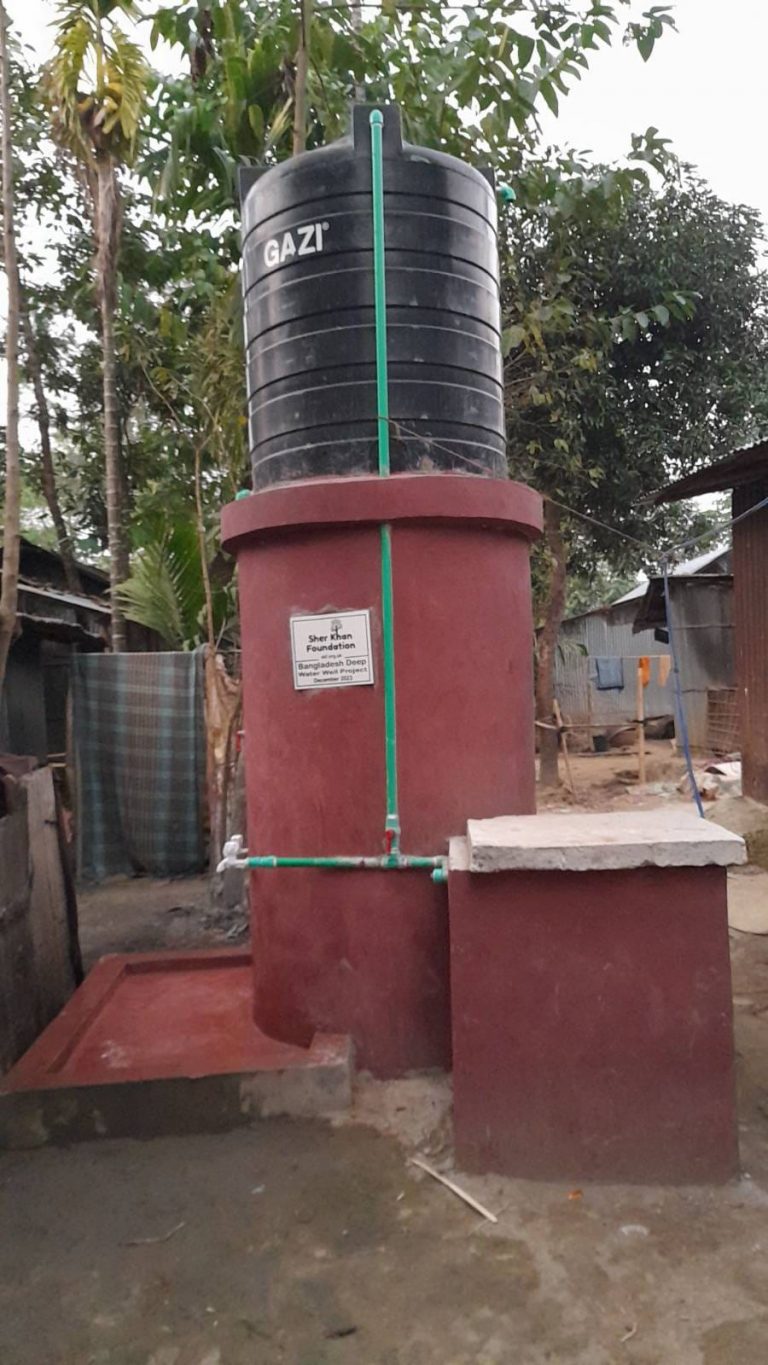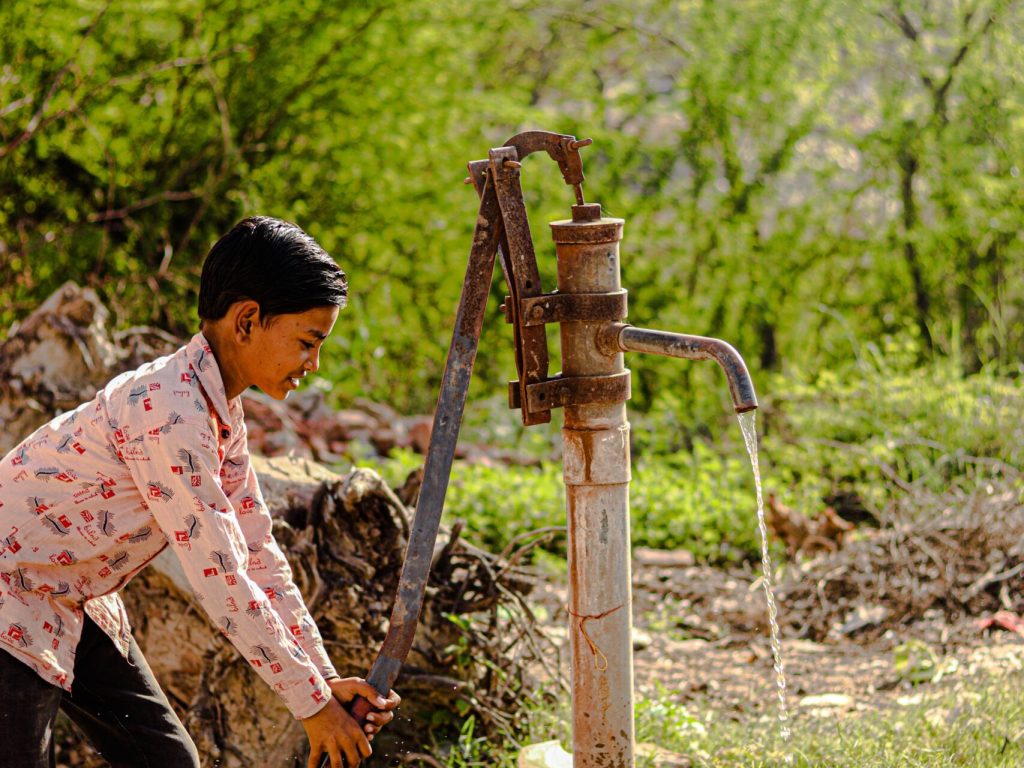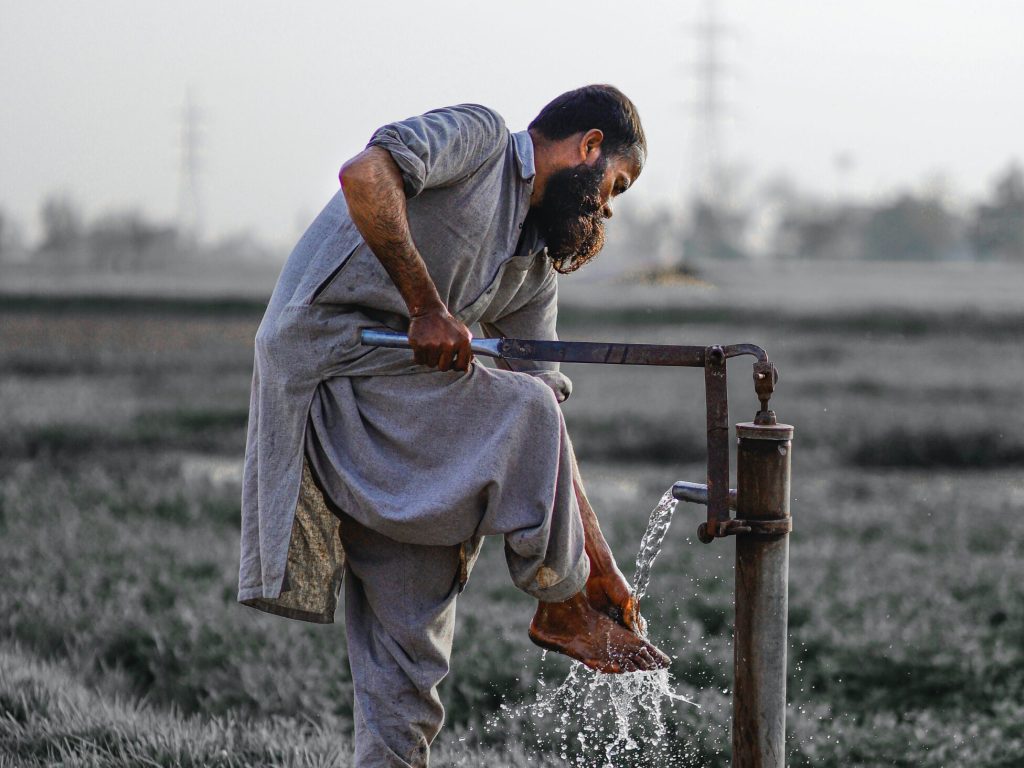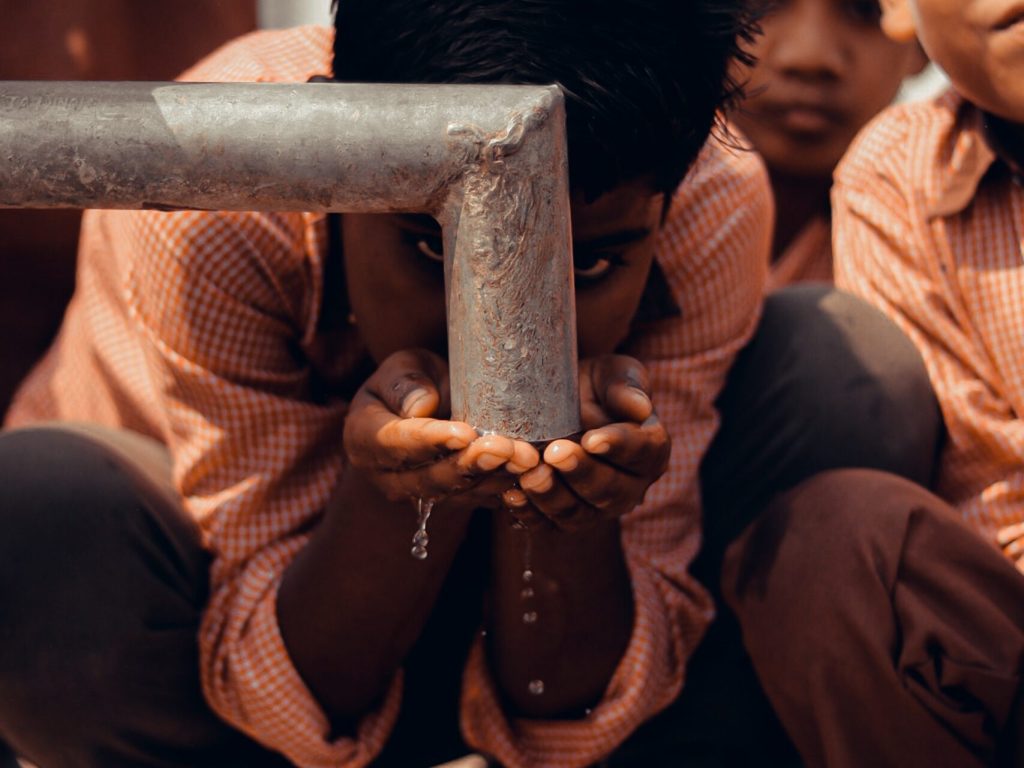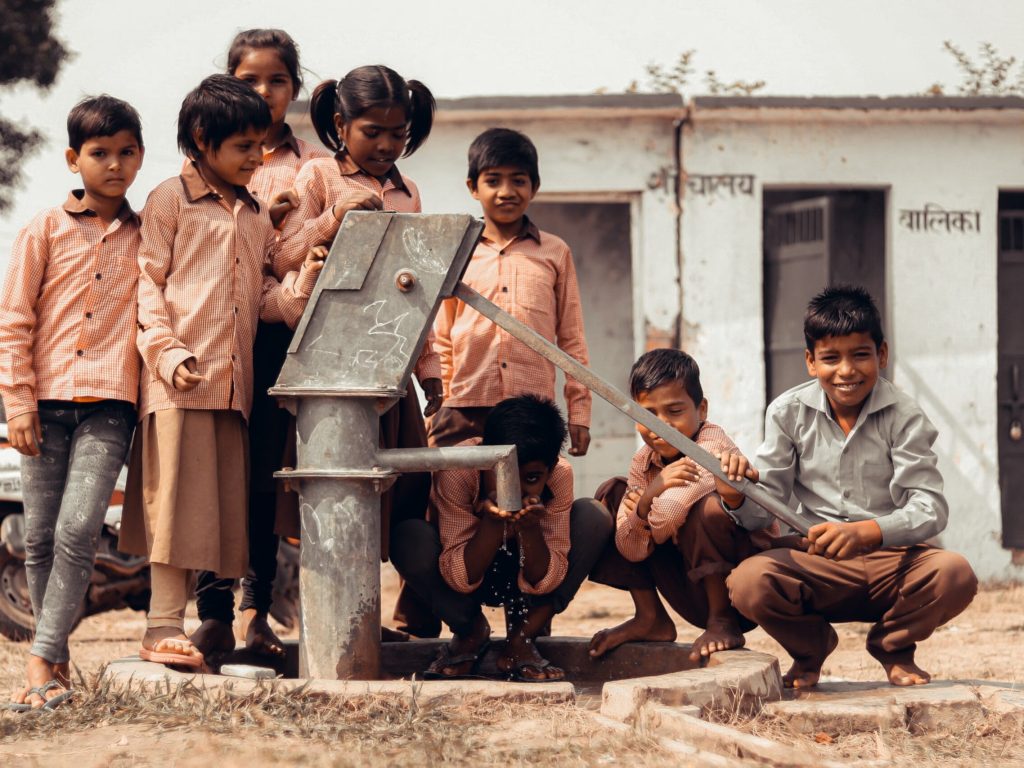
Site Assessment
Initial site assessments are carried out in order to determine the feasibility of installing a Deep Water Well. Various factors are assessed including proximity to nearby sewage canals, foundations of nearby properties, and septic tank locations.


